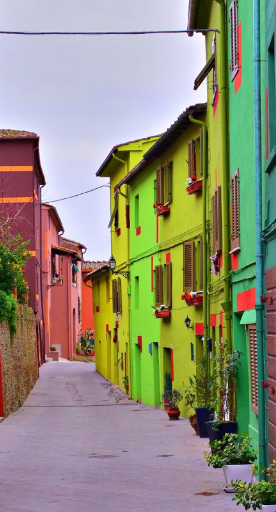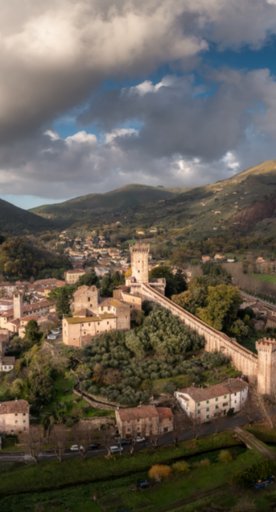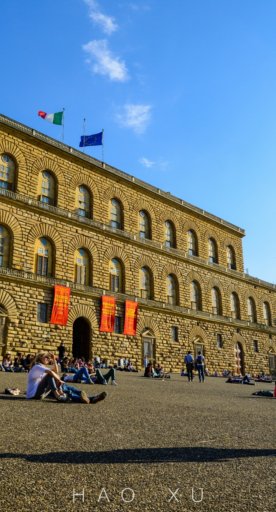

Discovering the treasures of Lucca. A walk from the walls to the ancient towers
Amid alleys and beautiful squares, in search of art masterpieces and places to relax
Lucca is one of the most beautiful and best preserved medieval towns in Tuscany: it has managed to keep its historical and cultural soul intact. There is no better way to get to know it than by walking through it, discovering amid the squares, narrow streets and churches all the reasons why so many travelers have admired its beauty for centuries.
Inevitably, to begin a visit you start with the imposing Renaissance walls, one of the few examples in Italy of perfectly intact city walls. In addition to admiring their architecture, you can take a walk in the greenery on top of them, as, crowning this monumental structure, a large garden with a beautiful tree-lined avenue stretches out dominating the city.


In the heart of the historic town center you will cross streets such as Via Fillungo, full of elegant stores, artisan shops and pastry shops where you can taste Buccellato, a typical sweet bread enriched with raisins and aniseed.
Going ahead you will come across the famous Torre delle Ore, the tallest tower in the city (50 meters). Climbing its 207 steps you can admire the panorama of Lucca in all its splendor.
In the sky of Lucca also soars an unusual tower, the Torre Guinigi (Guinigi Tower), a “garden in the sky.” On its top 7 holm oaks can be made out, planted by the Guinigi family as a symbol of the town's rebirth.
Every square, every church and every monument tells of an important past. Lucca is, in fact, a land of bankers, merchants, artists and religious people who have left important traces of their passage. Suffice it to say that the town is crossed by historical paths such as the Via Francigena (which leads from Canterbury to Rome) and the Via Matildica del Volto Santo (which joins sites linked to Matilda of Canossa).
There are many churches in the town center testifying to how influential religious power was in the 1300s; it is no coincidence that Lucca is called the “city of a hundred churches.” The main one is the Cathedral of San Martino, a pilgrimage destination for its Volto Santo (Holy Face), the oldest statue in the West, but also the custodian of works such as the statue of Ilaria del Carretto, one of the first masterpieces of the Siena-born master Jacopo della Quercia.
Stop by the portico at the entrance to the Cathedral to admire the bas-reliefs carved in marble and the mysterious labyrinth on the right.
There is another must-see church to fill your eyes with wonder, the Basilica of San Frediano, which has an amazing mosaic on its facade depicting Christ the Redeemer ascending to heaven.


Lucca's squares have an exceptional appeal both for their beauty and for the unchained energy of their social and cultural life. One example is Piazza Napoleone, which every summer hosts the Lucca Summer Festival with important international musicians.
In Piazza di San Michele we find the church of the same name, a very elegant building of finely worked white marble, inside which are kept precious statues by Andrea della Robbia and some paintings by Filippino Lippi.
But the most famous and photographed square in the town center is undoubtedly that of the Amphitheater, thus called because it was built on the remains of an ancient Roman Amphitheater -as a matter of fact, it retains its elliptical shape. Thanks to its cafes and restaurants, it is the place to be for a relaxing moment.
If all this should not be enough, outside the walls more surprises await you: in the Lucca countryside there are many stately villas and gardens to visit, or you can take a relaxing break at the thermal baths in Bagni di Lucca or a walk by the sea, reaching the nearby coast of Versilia.
















































































